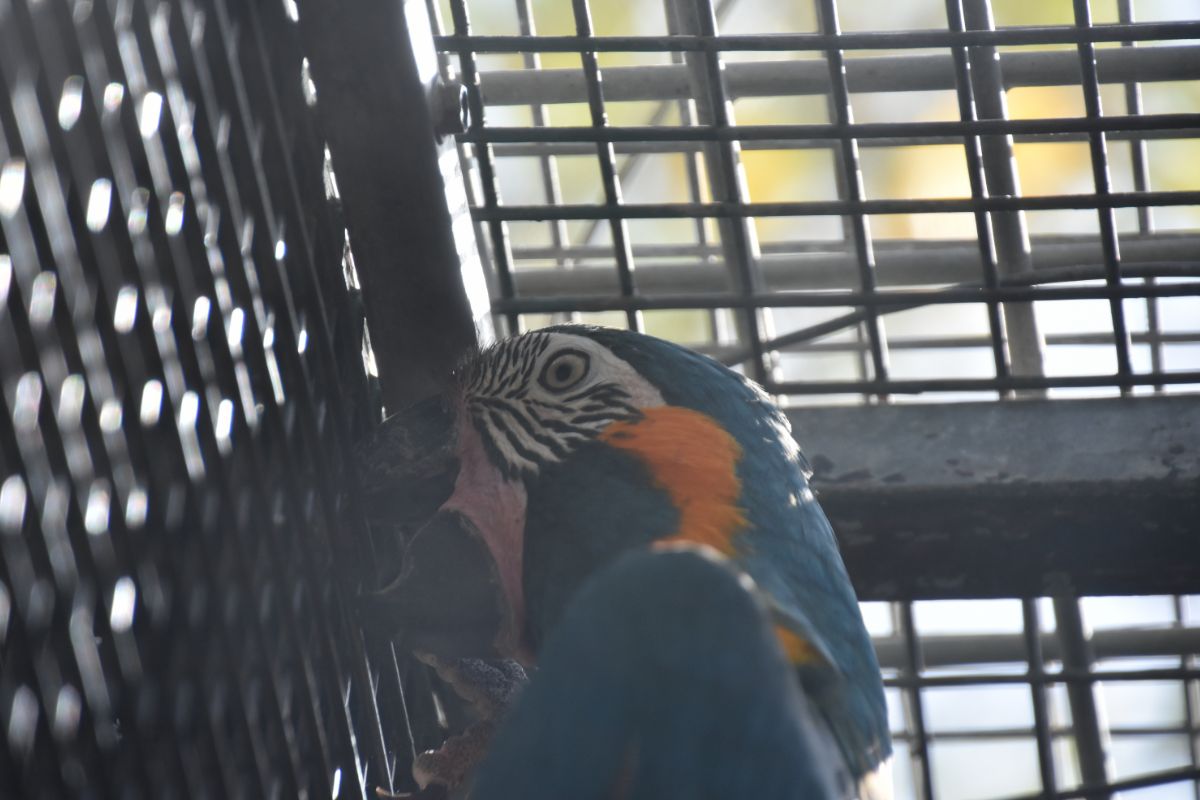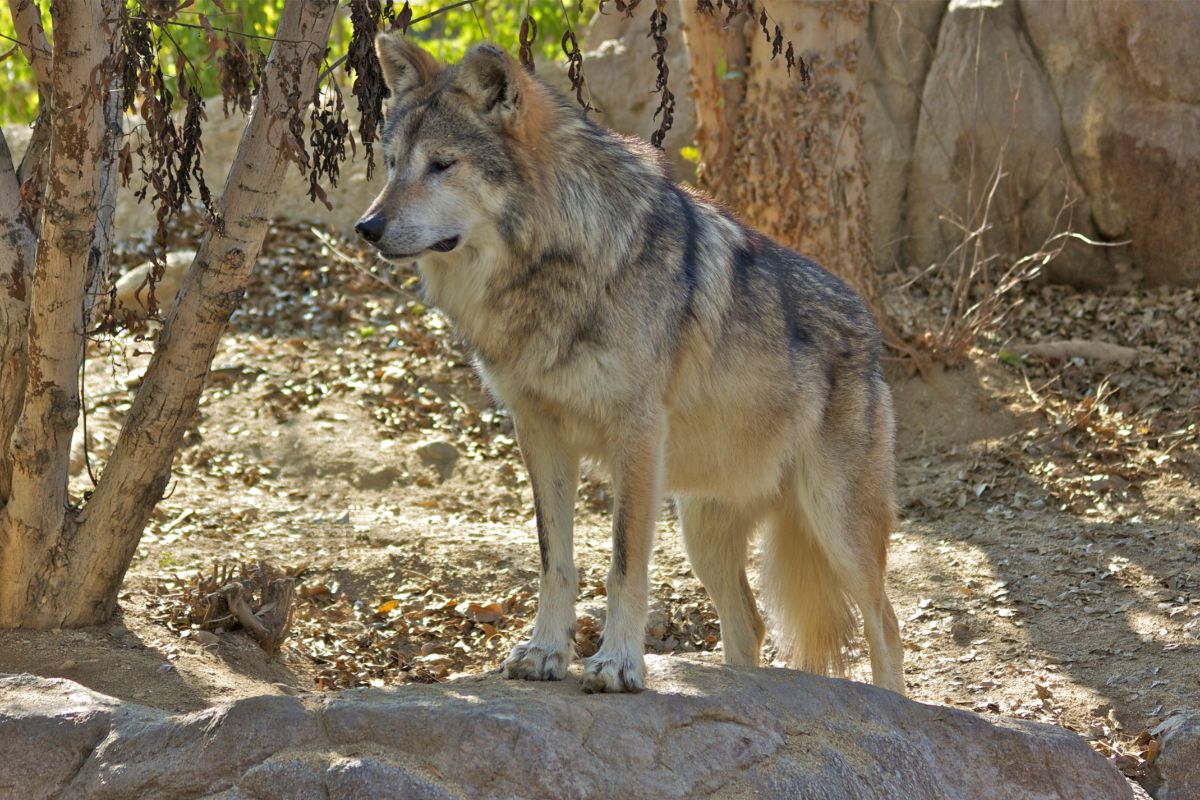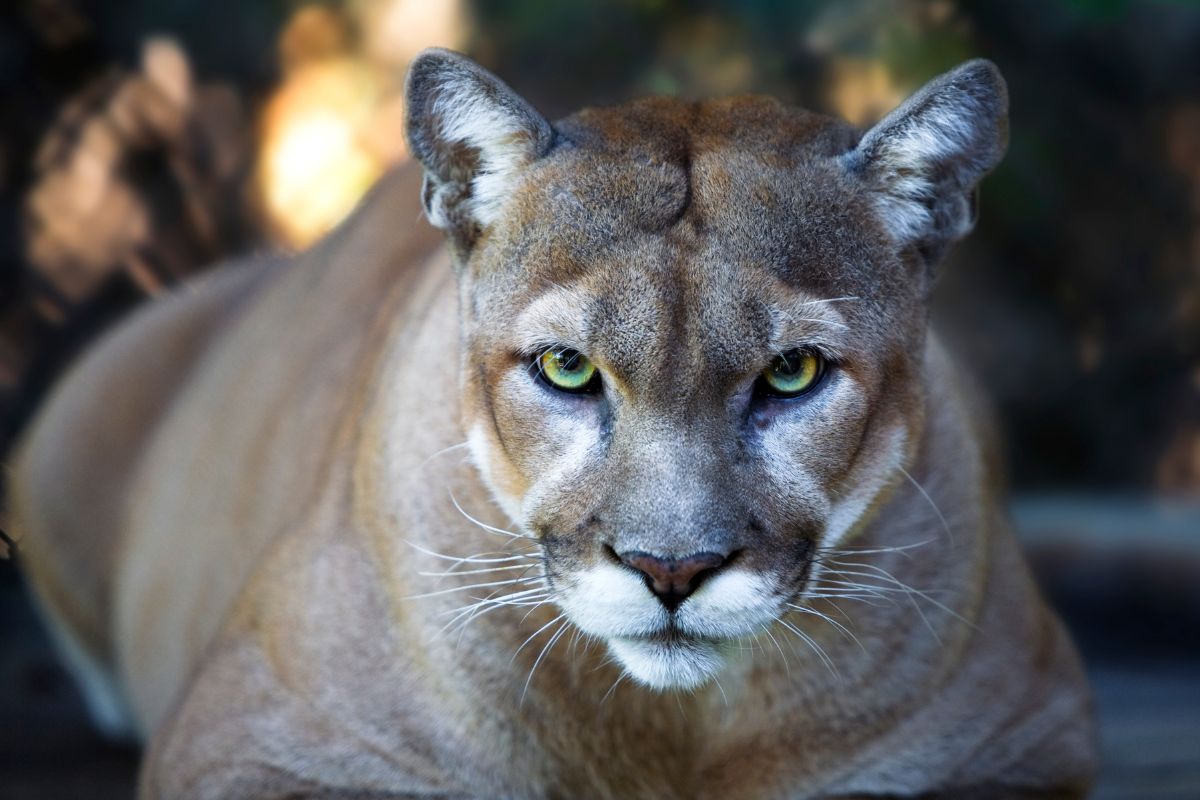There are several threats to parrots in the wild, namely habitat loss and the illegal pet trade. Parrots prove to be popular pets yet several species have suffered dire consequences due to their illegal extraction to the point of being considered critically endangered.

Most of the illegally extracted parrots from Mexico end up in Mexico’s domestic market with the rest heading to the neighboring United States.
In this guide, we will look at the history of the illegal parrot trade in Mexico, the threats to parrots from their illegal trading, and how parrots are trapped for their illegal trading.
The History Of The Illegal Parrot Trade In Mexico
The illegal parrot trade arguably hit its peak in the 1980s. This was the period that saw participating smugglers trading around 150,000 Mexican parrots into the United States annually.
That number did decline due to enforcement and stringent laws being passed yet still around 9,400 parrots were still traded out of the Mexican wild.
This decline in numbers has occurred at the same time as the domestic market in Mexico has expanded so those numbers may not be as low as first thought. That is if the parrots are remaining in Mexico which could be easier to hide than if they left the border.
While the number of parrots being traded out of Mexico seems to have been reduced, more parrots seem to be coming in. This is largely due to the illegal trade that is incoming to Mexico from Central America and South America every year.
The Threats To Parrots From Their Illegal Trading
Back in 2007, a landmark study found that around 65,000 to 79,000 parrots were illegally trapped from the wild in Mexico annually.
Though those numbers are said to be declining, a lot of the birds that are trapped in the illegal trade will fail to complete their journey.
Some of this is down to the initial method used to trap them and the mortality rate increases for such methods as nets due to stress or strangulation.
Once the parrots are trapped then the period that they are confined can also prove to be fatal.
Though the parrots represent a source of income, their confinement remains perilous and it simply is not possible to look after a lot of parrots appropriately.
Overcrowded cages, illness, injury, stress, a lack of food, or too extreme a temperature can curtail a parrot’s life.
Finally, as the parrots are transported more succumb to the conditions. Importantly, trapped parrots need to be transported effectively to avoid any detection.
During this transport, they largely go unfed and are left unattended. Some parrots are even drugged to keep them quiet and avoid detection.
How Parrots Are Trapped For The Illegal Trade In Mexico

The method of trapping a parrot can depend on the desired species and their respective size. Of course, some endangered species have been banned for legal trapping yet that would not prevent them from entering the illegal parrot trade.
Typically, parrot trappers will use the method they know to be successful and the one that can safely trap the parrot, though they may use more dangerous methods.
Perhaps the most extensively used trapping method is using a simple net like a ‘mist net’ which is also used by bat researchers and ornithologists.
The material is likened to mist as it is difficult for birds like parrots to see it and though the trade may remain illegal, using the nets is not though they may be modified to use with parrots.
Another method is to cut a tree that contains a nestling to provide better access. The tree could even be chopped down, which does occasionally result in those birds in the nestling being killed. Also, with fewer nest sites there is a linked decrease in the parrot population.
One illegal trapping method is by using a monofilament fishing line that is attached to a row of slip knots on a tree branch. The tree itself is frequented by parrots and a live bird may even be used as bait.
Though still in operation, the trapping method can result in a trapped parrot suffering leg injuries.
For smaller parrots, a wire or wood cage trap can be used. The cage even has trap doors which are triggered to close whenever the parrot lands on the makeshift perch.
This is a convenient method as the live parrot is kept inside and remains unharmed. The smaller parrot can even act to lure in larger ones.
Finally, there is the ‘sticky gum’ trapping method that works similarly to how you would trap flies.
This uses resin from a ficus tree which is then boiled down and reduced to create the gum which then traps the parrots by sticking them to a coated branch.
The method is quite dated and takes a fair amount of effort, it was also banned in 1983 due to how extensive the injuries are to the birds.
Final Thoughts
The illegal parrot trade in Mexico remains simply because there is a demand for the parrots themselves. This proves problematic because of the number of parrots that are lost due to the trapping, capturing, and transporting processes.
Even some trapping methods themselves should be outlawed more stringently yet where there is money to be made, the illegal trade will continue even though it is declining.
Frequently Asked Questions
How Many Parrot Species Are Indigenous To Mexico?
Mexico is home to around 22 specific species of parrots, even though a lot of them do not live in rainforests which you may expect. These species include four of the most popular for the illegal pet trade.
This includes the Mexican parrotlet, the orange-fronted parakeet, the lilac-crowned parrot, and the white-fronted parrot.
What Is Mexico’s National Bird Known As?
Mexico’s national bird is not, in fact, a parrot but an eagle. Simply known as the Mexican eagle, their national bird is the crested caracara. Strangely, it is not the crested caracara that is the eagle on Mexico’s flag but the golden eagle.
- What Do Squirrels Eat? Learn About Their Diet and Winter Survival - October 14, 2024
- What Do Raccoons Eat? Discover Their Diet and Eating Habits - October 6, 2024
- What do foxes eat? - October 5, 2024








